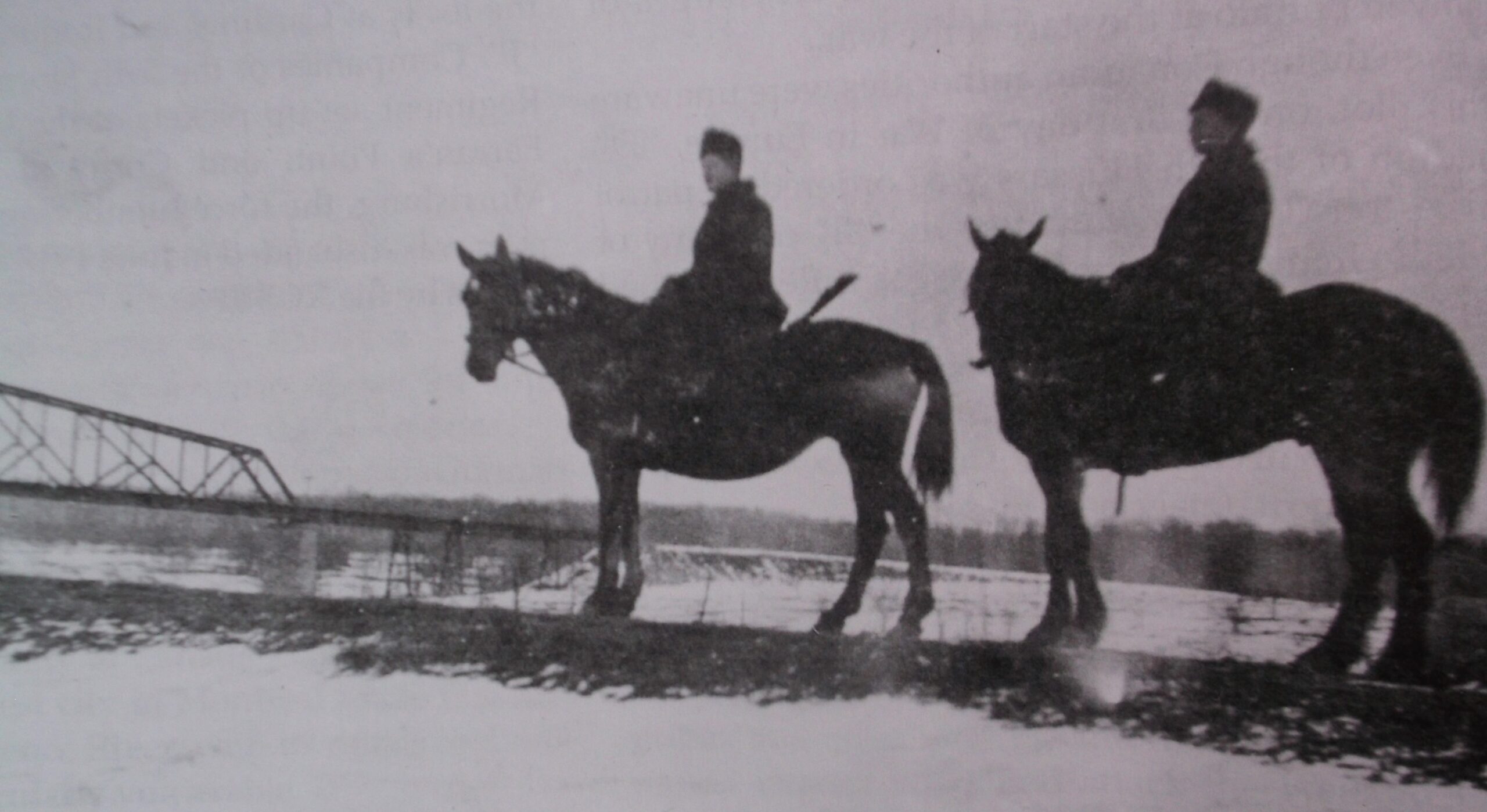LETTER FROM HOME – World War 1 Cornwall
In an effort to bring a little bit of Cornwall to war-torn Europe, 95 year old Alexander McNaughton sent the following two letters to his son Alex Lorne. In April 1917 McNaughton wrote: “Many old people and several young have succumbed to attacks of grip and pneumonia. Many of those with whom you were acquainted have passed away and another generation are now occupying their positions. There are now ten teachers in the High School (CCVS) and in 13 in the Public. (Central).” “The same number of churches continue to supply the demand, but the men who now occupy the pulpits are all different and nearly the same may be said of those now occupying the pews. St. John’s is the only one which has been rebuilt since you left and is the finest ecclesiastic edifice in the Town. The Cotton industry is the largest and the Modern Bedstead, and the Chair( factories now make) Bomb cases giving people profitable employment.”
“I am surprised at (your views) about the war. I cannot imagine how you could acquire such opinions. (once men reached the Front, the horrors of what they confronted, strengthened their resolve, but made them question such inhumanity.) The papers of New York which reach us here seem to…express views favourable to the Allies and the American Republic is about to declare that war exists against the U.S. by the piratical acts of Germany, (unrestricted submarine warfare.) The wonder is how or why the U.S. stood out so long.”
“The young men here are very few. Several from Knox Church Congregation (about 30) are in the army and the same is true regarding St. John’s and the Methodists and Episcopal (Anglican) and Catholics. Several have been slain, and others have returned wounded, unfit for service. Fred Grant, son of Duncan Grant (Mr. Monk’s son and Mr. Werely’s son) are all wounded.”
In 1918 McNaughton told his son: “Considerable changes have occurred since you left. There are fewer blank spaces without houses, and the new buildings are superior. The population does not seem to be much increased, but the amount of business appears much greater. The Cotton industry is very large and the other factories are quite prosperous. The number of pupils and teachers in the Public School almost the same, but the number of students in the High School are far larger, the number of Post Office boxes has about doubled (over the last several years.) The Town has suffered severely. There are very few young men left. Many have died on the battlefield’s of France and Belgium. There are some more preparing to go now. Captain George McNaughton…is over there, but in Scotland employed in supplying lumber for the trenches. Your brother Jim is thinking of enlisting in the American Army as a Surgeon, but he’s not sure of being accepted on account of his age.”
“Please do write soon and continue to write whether I write or not. With love to you all in hope. Your loving father.”
Alexander Lorne did survive to return to Cornwall. His son Duncan, won a gold medal at the 1932 Los Angeles Olympics for the high jump clearing the bar at 5 feet 5/8”. (172.72 cms.)
World War I claimed the lives of 335 men and women from the United Counties of SD & G. World War II took the lives of 489 men and women throughout the United Counties. Their Supreme Sacrifice is memorialized on more than 40 cenotaphs through the region. For a list of the those who died and the locations of the cenotaphs, log onto “cornwalltoeternity,” and scroll down to the post: THE CENOTAPHS OF STORMONT, DUNDAS and GLENGARRY.
Header Photo: Mounted Militia guarding the international bridge and canal, World War I. The guards were involved in at least one tragic incident on a night when someone failed to answer “‘Halt – who goes there? Friend or foe?” Local historian Dorothy Donihee related: “Seconds ticked on and still no answer – then the deafening report of the revolver going off and dead silence…There was a clamour and the voices. We learned it was an old man who had been shot. Why he had not answered nobody will ever know.”





